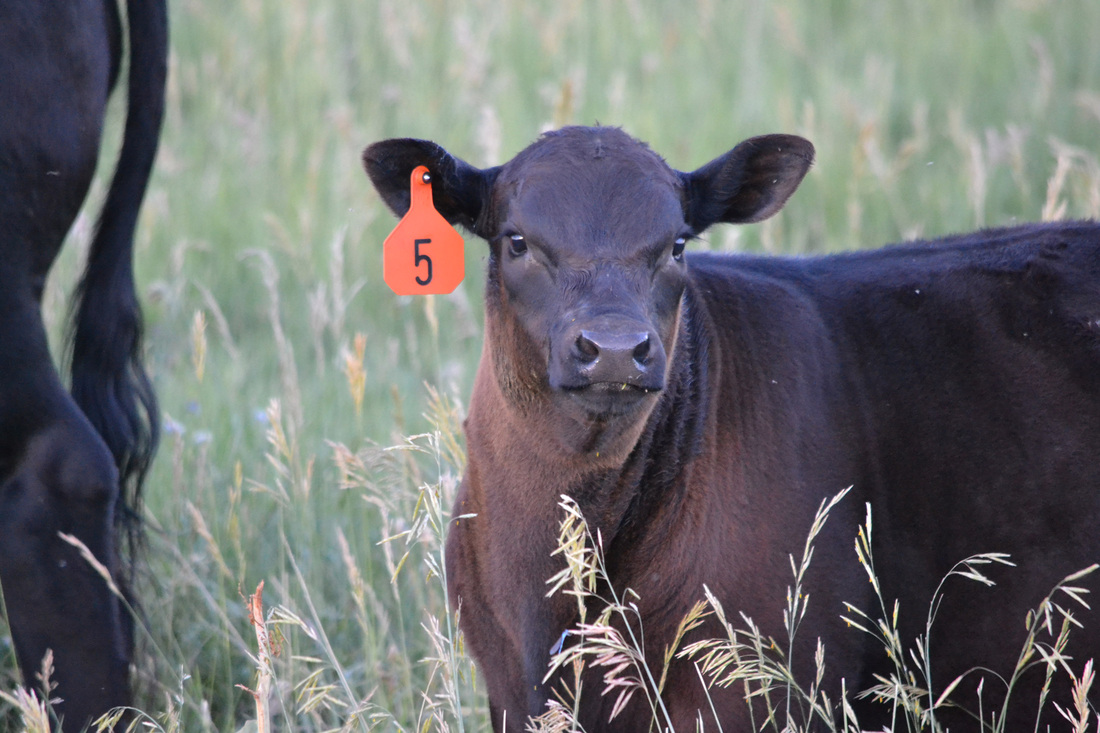|
The quality of the beef cuts consumers buy in the store starts many months before on the ranch or farm.
Preset protocols established in the veterinarian-producer relationship include a vaccination schedule. Ranchers watch over their herds and can detect when a calf or cow are “off” and need extra medical attention. Using clinical parameters, such as temperature, heart rate, and other tests, they can call the vet and work within their medication protocols to treat these animals in a timely and effective manner. This may include giving medication or keeping cows isolated from the herd. Moving cattle with low-stress handling techniques produces better quality beef. While movies depict cowboys and cattle in raging stampedes or wild bucking bulls, or using electric cattle prods to shock the cattle, this is not how they are actually raised. Low-stress handling and slow moving cows wouldn’t sell movie tickets. Keeping an animal frightened and running doesn’t make happy cows; it makes scared skinny cattle that are flighty, nervous, prone to illness, and poor cuts of meat called “dark cutters” that cannot be sold at the grocery store. No one benefits from cattle mistreatment. Food safety inspection requirements at the packing plant require animals are healthy at harvesting time, and the meat is tested for medication residues to protect consumers. Every type of medication from vaccines to antibiotics produced by pharmaceutical companies has a timetable for residues, which is the time it will take for that medication to leave the animal’s system completely. Food safety also looks for quality in the meat cuts, all of which point to proper handling, and is part of the responsibility of the producer. Keeping good histories of herd activity, medical records, and following the vaccine schedule allows the producer to ship cattle to the feedlot for finishing or to the packing plant for processing knowing that there are no medication residues in the meat and that there will be no “dark cutters.” Dark cutters is an industry term for meat that is dark from lactic acid release during stressful events and fails to achieve that red color that consumers see at the store. Proper care and handling are the responsibility of the producer. Many farmers and ranchers participate in the beef quality assurance program, which is a voluntary program to educate producers on all aspects of proper beef production. There are state BQA coordinators and a national office that offer workshops and certification to individuals and groups. The BQA program’s goals include education of producers and increasing consumer confidence that the beef they buy at market is humanely produced and high quality meat. Watch a series of BQA videos that educate producers on a variety of topics.
1 Comment
|


 RSS Feed
RSS Feed